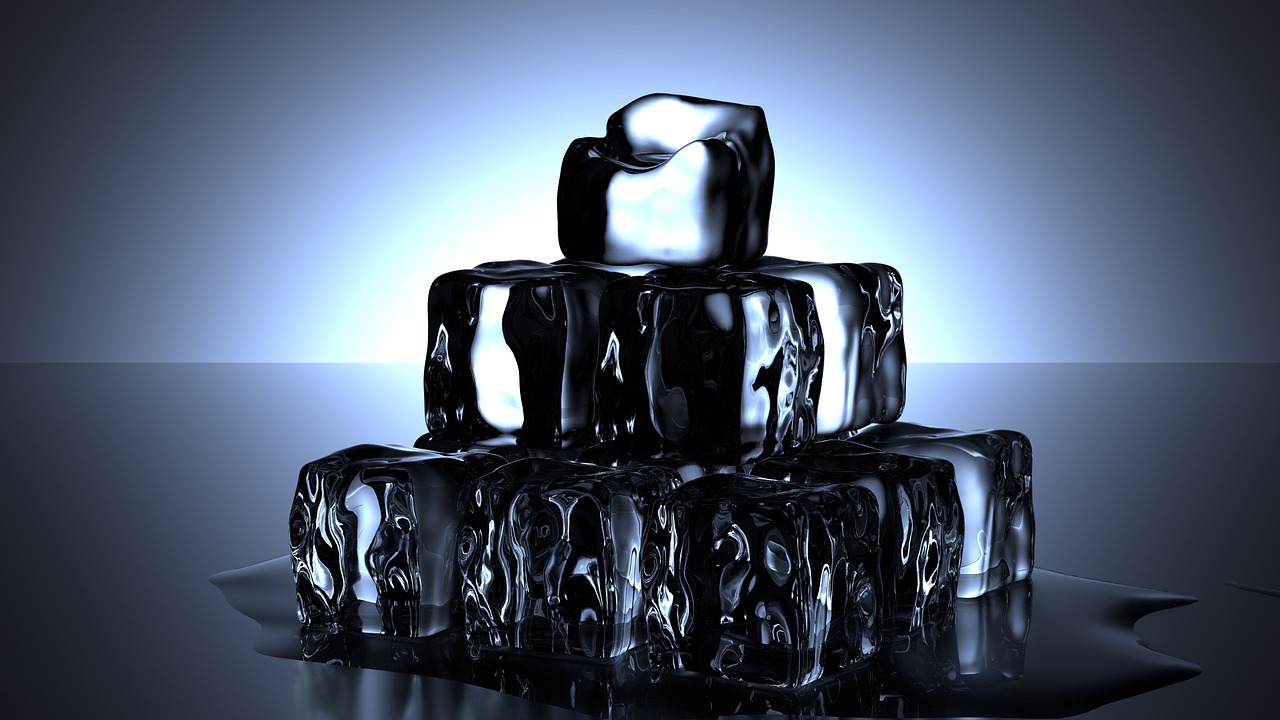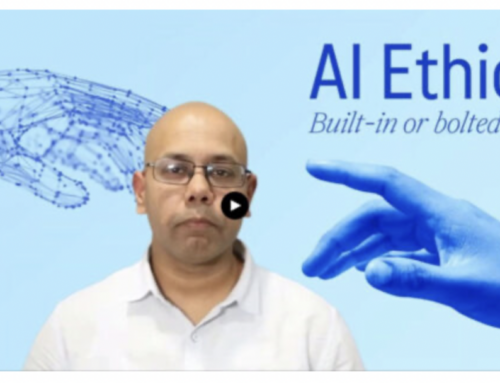By Marc Beuttler
Many animals in the animal kingdom have developed ways to survive being frozen alive. Take for instance the North American wood frog, which can stay alive in a state of decreased cellular activity – a suspended animation – at a temperature of -2 degrees Celsius. Such animals have tricks to either survive being frozen alive, or to prevent internal freezing so that they don’t freeze at all. These animals could lead the way to the next step in organ cryopreservation (a fancy way to say organ freezing), which looks to these examples in nature. So far, scientists cannot prevent irreversible damage to organs that are subjected to temperate below 0 degrees Celsius. But researchers aren’t giving up. Organ cryopreservation could transform medicine in the same way that “refrigeration transformed the food industry”. Currently, the most human organs can be preserved outside the body is a matter of hours. They are kept cool, but not in frozen temperatures. When tissues are subjected to frozen temperatures, the problem is the water that freezes between the cells. Whenever water freezes between cells, things normally dissolved in it become concentrated and attract and evacuate water from cells at the risk of cell disruption. Wood frogs accumulate compounds (like urea, glucose, glycerol) to prevent that from happening. But the compounds themselves are not sufficient; a complementary trick is a protein called aquaporin that allows water and glycerol to circulate in and out of the cell. We mammals have a protein similar to the wood frogs but do not know yet how to use it. However, combinations of antifreeze compounds discovered in other animals look promising to pave the way to successful human organ cryopreservation. The problem remains though, that once successfully preserved, tissues need to be thawed in order to be used, and this is another difficult, as thawing damages cells. Researchers have a ways to go yet, but such techniques could open up a promising future for medicine, and even, the specific fantasy of suspended animation.
For more information click here.







